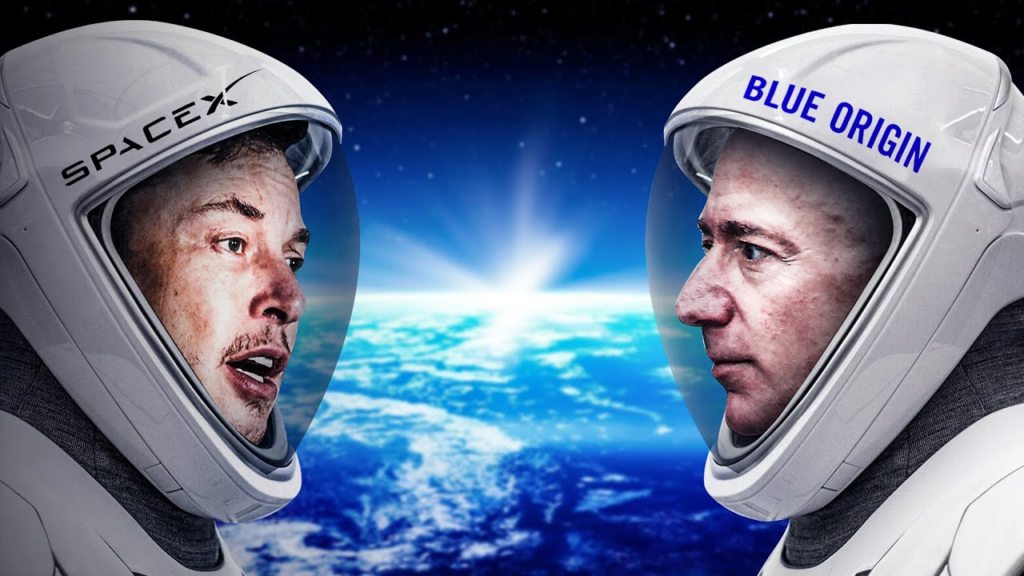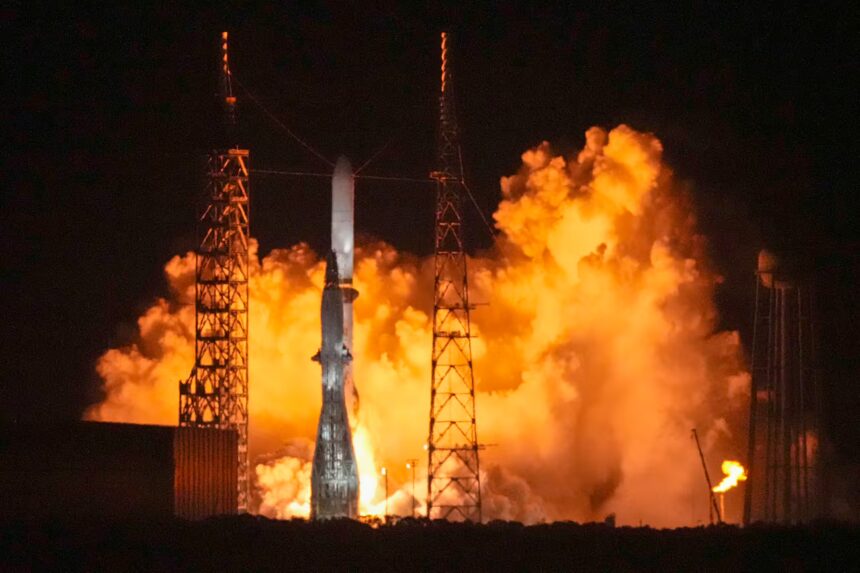After a delayed 10 January launch, Blue Origin, Jeff Bezos’ space exploration company, successfully launched its biggest rocket yet — the New Glenn. The successful test flight from Cape Canaveral overcomes a serious hurdle for the company as it ventures to revolutionize access to space. With a mission that targeted launching a prototype satellite into orbit, Blue Origin is making strides toward expanding its capabilities in satellite delivery and human space travel.
What’s Happening & Why This Matters
New Glenn’s First Test Flight
On 16 January, Blue Origin launched its massive New Glenn rocket on its maiden flight. The rocket is named after astronaut John Glenn — the first U.S. astronaut to orbit Earth. The rocket took off from the historic Complex 36 at Cape Canaveral Space Force Station. The mission involved a prototype satellite successfully sent it into orbit, a feat achieved 13 minutes after liftoff. The excitement at the launch site was palpable, with employees and spectators cheering as the rocket soared into the sky.
The New Glenn rocket stands 320 feet tall, five times larger than Blue Origin’s previous vehicles. New Glenn is designed for heavy-lifting tasks, including sending spacecraft and astronauts to orbit. While the rocket’s reusable booster missed its scheduled landing on an Atlantic barge, Blue Origin stressed that the main goal was to place the satellite in orbit, which was completed. Bezos, who was present at Mission Control, shared in the excitement, acknowledging that the launch marked the “beginning of a new phase” in space exploration.
One Step Closer… to the Moon and Mars

The New Glenn rocket is not just about testing its capacity to deliver payloads to orbit. Blue Origin’s long-term vision is to contribute to exploring the moon and Mars. The company plans to use the New Glenn to transport spacecraft, including its Blue Moon lander, which will be used to land astronauts on the Moon in upcoming NASA missions. Although NASA initially had plans for New Glenn to launch two small spacecraft to Mars, those plans were delayed. However, the Mars-bound mission will still occur, possibly by spring 2025.
Bezos noted that New Glenn is an essential tool in the greater space race. It plays into the industry’s collective effort to reduce the cost of accessing space. Blue Origin envisions several New Glenn flights each year, starting with a spring 2025 launch.
Billionaire v. Billionaire: Competing with SpaceX
As Blue Origin scales up, it is in direct competition with SpaceX. SpaceX has made significant strides with its rocket program, including the Starship. SpaceX’s Starship is the largest rocket currently in development. Elon Musk’s company has already had multiple successful missions to orbit. SpaceX will also play a central role in NASA’s Artemis program to land astronauts on the Moon later this decade.
Bezos, however, remains confident that multiple companies can succeed in space exploration. He remarked, “There’s room for lots of winners.” Bezos touts Blue Origin as not focused on competing with SpaceX but on contributing to the expanding space industry.

TF Summary: What’s Next
Blue Origin’s successful launch of New Glenn is an impressive milestone for the company’s mission to make space travel more accessible and affordable. With ambitions set on the Moon and Mars, Blue Origin now sits at the table for space exploration’s future. While competition with SpaceX is fierce, Blue Origin’s focus on large-scale, reusable rockets and lunar landers demonstrates a commitment to pushing the boundaries of what’s possible. As TF looks ahead, more 2025 exploratory flights will bring the world closer to a future where space is more than just the final frontier — it’s the next step in human exploration.
— Text-to-Speech (TTS) provided by gspeech


